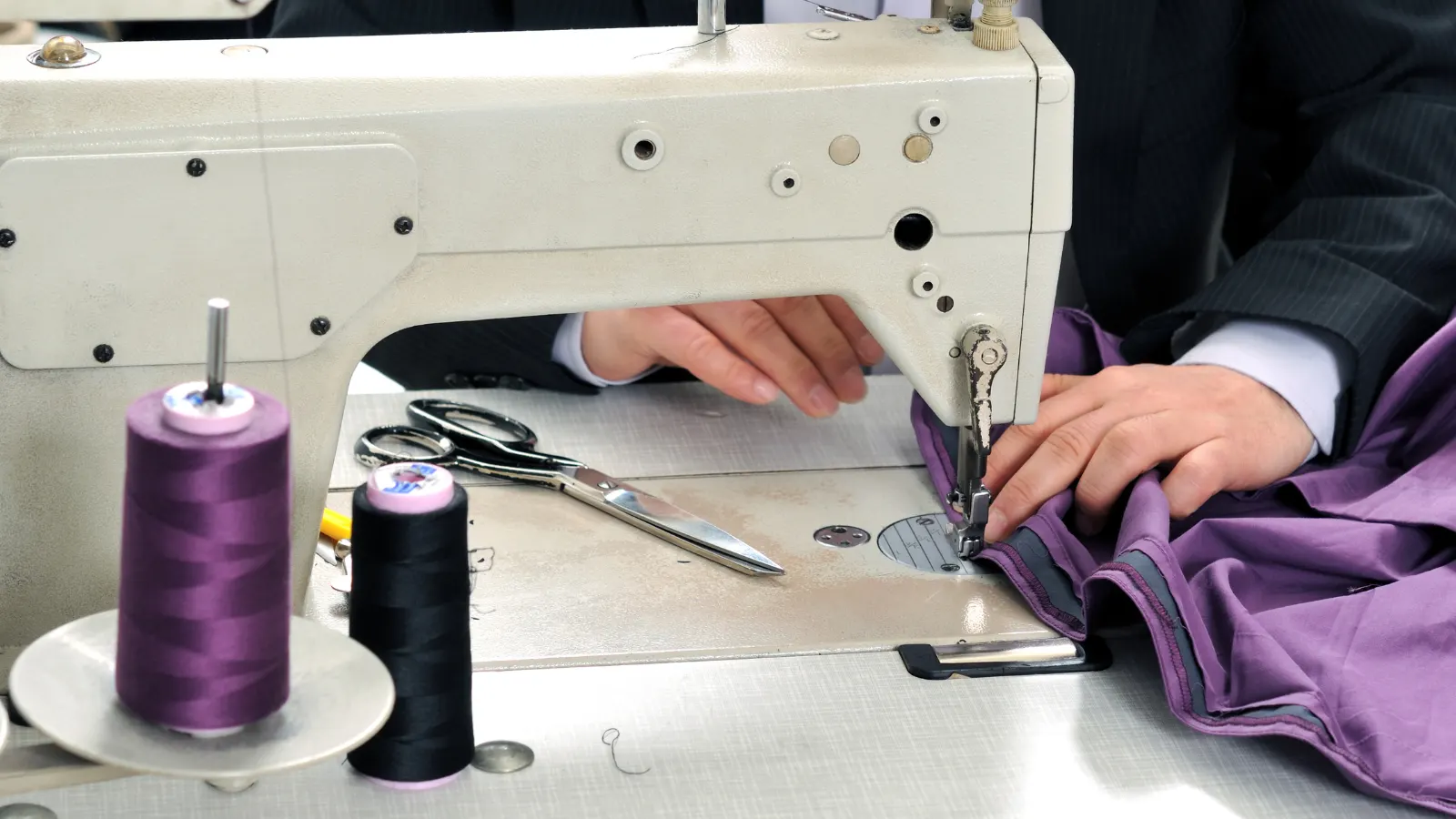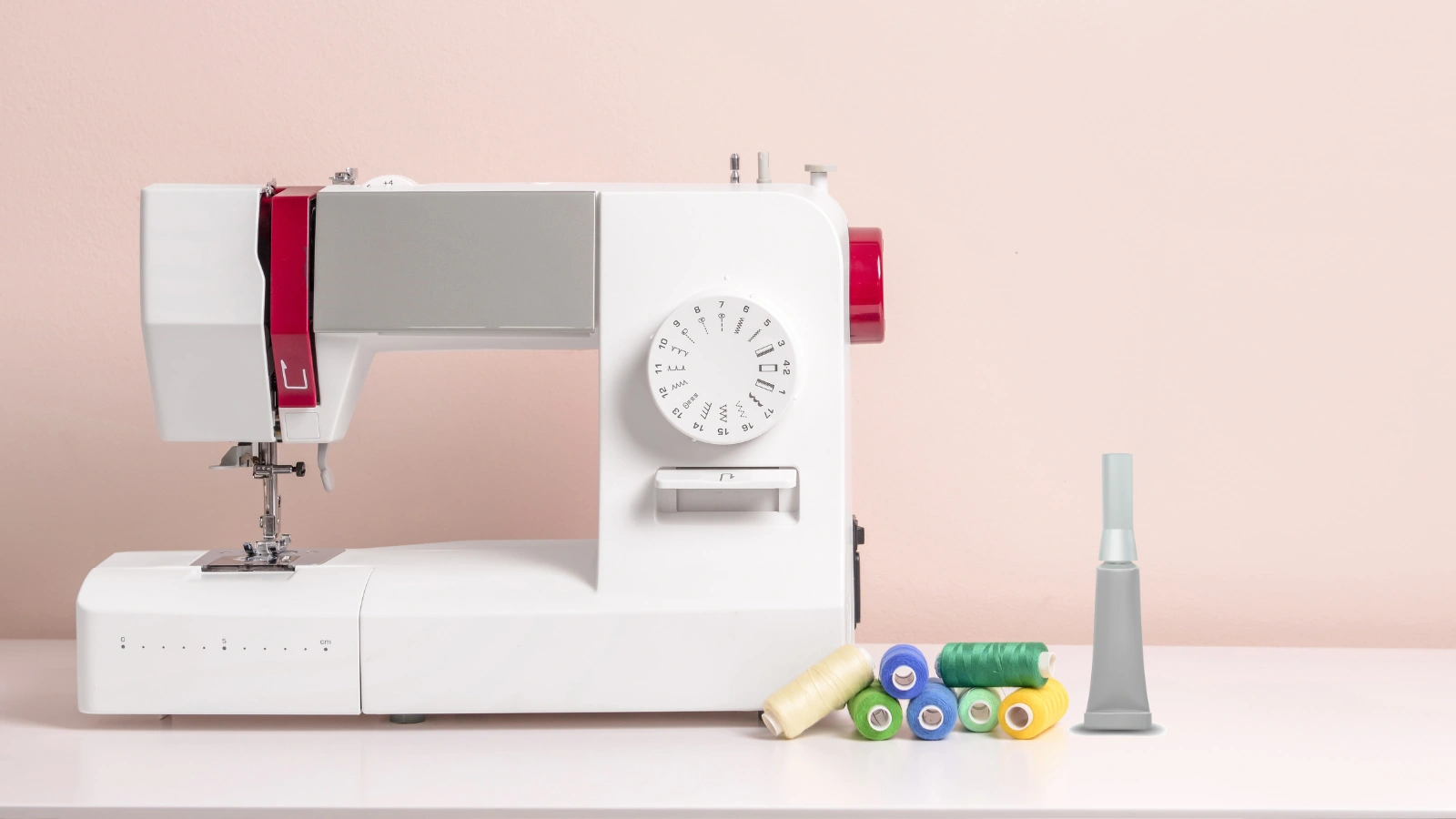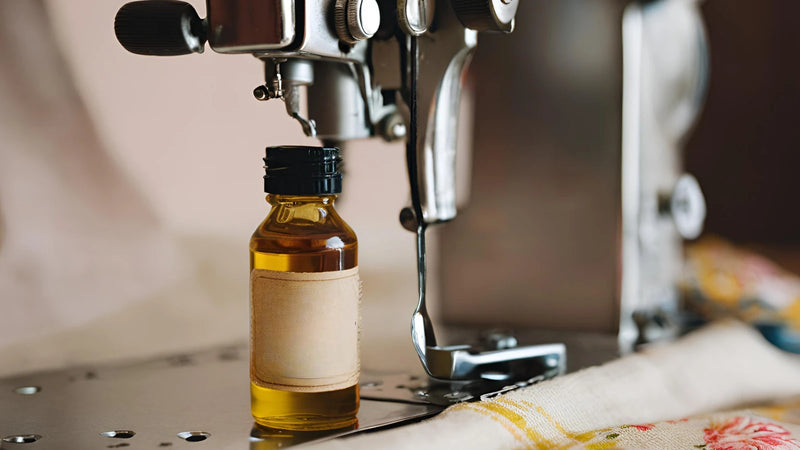Maintaining your home sewing machine is essential for ensuring smooth operation and extending its lifespan. Regular oiling is one of the simplest yet most impactful ways to achieve this. Just like a well-oiled engine, a sewing machine thrives on lubrication, allowing it to glide effortlessly through fabrics.
Whether you're a seasoned seamstress or a budding hobbyist, mastering the art of oiling your machine can enhance your creativity and confidence. Let’s dive into the essential steps to keep your sewing machine running like new!
Key Takeaways
- Clean the machine thoroughly before oiling to remove debris.
- Apply 1-2 drops of sewing machine oil to the bobbin case, needle bar, and hook race.
- Consult the machine's manual to identify exact oiling points.
- Turn the handwheel manually to distribute the oil evenly after application.
- Run a piece of muslin through the machine to absorb any excess oil.
Understanding Your Sewing Machine

Before cleaning and oiling your sewing machine, you need to understand its key parts, like the bobbin case, needle bar, and feed dogs, which all require lubrication.
Use only sewing machine oil, as other types can damage the machine. Knowing these components and the correct oil ensures you maintain your machine effectively and prevent issues.
Different Parts That Require Oiling
When lubricating your sewing machine, focus on several key areas to ensure smooth operation and longevity.
Start with the hook race and needle bar, which are crucial for movement.
Don't forget the bobbin housing, especially around the bobbin case and shuttle hook.
For some modern machines, consult the sewing machine manual, as they may have self-lubricating features.
Types of Suitable Oil
Understanding the types of oil suitable for sewing machines is vital for maintaining their performance and longevity.
Always use high-quality, clear oil designed for sewing machines. Avoid household oils, grease, and WD-40.
Before you oil a machine, consult the manual for specific recommendations.
How to Oil a Sewing Machine: A Step-by-Step Guide

Now, let's walk through the essential steps to oil the machine.
Start by preparing your machine and cleaning it thoroughly to remove any fabric lint and thread.
Next, locate the key oil points and apply a small amount of oil to ensure smooth operation.
Step 1: Clean Before Oiling
Before you oil a machine, it's important to ensure it's clean and free of any debris that could interfere with the lubrication process.
Unplug the machine, then use a lint brush to clean your sewing machine, focusing on the bobbin case. Remove the needle plate to access hidden areas.
Step 2: Locate Oil Points
Frequently, finding the exact oil points on your sewing machine requires a bit of investigation.
First, consult your instruction manual to locate key areas like the bobbin case, needle plate, and hook race.
For drop-in bobbin machines, check under the bobbin case; for front-load, oil the shuttle hook.
Remove the needle plate, clean thoroughly, and be ready to apply lubricant to ensure smooth operation.
Step 3: Oil the Machine
Once you've identified the key oil points on your sewing machine, you can proceed with the actual oiling process.
Apply 1-2 drops of oil to the bobbin area, hook race, and needle bar. For machines with drop-in bobbins, oil the wick under the bobbin case.
Turn the handwheel to distribute the lubrication evenly for proper machine maintenance.
Step 4: Run the Machine
After oiling the machine, run a piece of muslin through the machine to absorb any excess oil. This ensures it operates smoothly and prevents future staining.
Test the machine by sewing a few stitches. If oil stains appear, use a clean cloth to wipe off some oil.
Tips for Regular Maintenance
To keep your sewing machine running smoothly, make sure to oil it regularly based on how often you use it.
Pay attention to signs like increased noise, sluggish movement, or skipped stitches indicating that your machine needs oiling.
Frequency of Oiling
Regular oiling is crucial for keeping your sewing machine running smoothly and efficiently.
For optimal sewing machine maintenance, you need to oil your machine based on your usage. If you sew daily, aim for weekly oiling. Hobby sewists should oil every couple of months.
Always clean the machine when changing the bobbin to maintain consistency. This routine will keep your machine in top condition.
Signs of Oiling
Your sewing machine will show you signs when it needs oiling to maintain peak performance.
Unusual noises, grinding sounds, or increased resistance when turning the handwheel mean you need to oil the machine.
Difficulty sewing smoothly, skipped stitches, or slower operation also indicates that machine parts need oiling to reduce friction.
Regularly check for rust or corrosion, which signals the need for lubrication.
Common Mistakes to Avoid
Never use household oils like WD-40 to oil a machine, as they can damage the internal components.
Avoid over-oiling since using too much oil can make a mess and contaminate your fabric.
Always clean your machine thoroughly before oiling to prevent debris from causing mechanical issues.
Use the Wrong Type of Oil
One of the most common mistakes in maintaining a sewing machine is using the wrong type of oil.
While it may be tempting to use household oils or WD40, these can cause gum buildup and damage. Always use high-quality sewing machine oil to lubricate properly.
Using the wrong type of oil means your machine may malfunction and suffer long-term damage.
Over-Oil the Machine
While using the proper type of oil is vital, avoiding over-oiling the machine is equally important.
Apply only 1-2 drops at each oiling point. Too much oil can attract lint, leading to ongoing maintenance issues.
Too much oil can gum up parts, causing mechanical problems and increasing the need for cleaning and servicing.
Forget to Clean Before Oiling
Neglecting to clean your sewing machine before oiling is a common mistake that can lead to numerous problems.
Without proper cleaning, lint and debris get trapped, causing mechanical issues and reducing performance. Accumulated lint in the machine prevents proper oil distribution, leading to increased friction.
Always use a lint brush and compressed air to ensure effective oiling and optimal performance.
Conclusion
Following these steps will keep your sewing machine running smoothly and extend its lifespan. Regular maintenance not only prevents costly repairs but also ensures your projects turn out perfectly.
Remember to check your manual for specific instructions and always use high-quality sewing machine oil. Avoid common mistakes like over-oiling or missing key areas.
With some care, your machine will stay in top condition, making your sewing experience enjoyable and hassle-free.
Learn more sewing tips and fabric knowledge on the Longan Craft Blog, and dive into the fabric world with Longancraft!
FAQs
Where Do You Put Oil in a Sewing Machine?
You should oil your sewing machine at key lubrication points like the bobbin area, hook race, needle bar, and top needle bar link bushes. Always check your machine's manual for specific oiling points and avoid too much oil.
What Needs to Be Oiled on a Sewing Machine?
You need to oil the hook race, needle bar, and any metal-on-metal moving parts. For drop-in bobbins, oil the wick under the bobbin case. Always check your user manual for specific lubrication points.
Can WD-40 Be Used to Oil a Sewing Machine?
You shouldn't use WD-40 to oil the sewing machine. It's not designed for fine machinery and can cause damage. Stick to high-quality sewing machine oil as the manufacturer recommends to ensure longevity and smooth operation.


0 comments